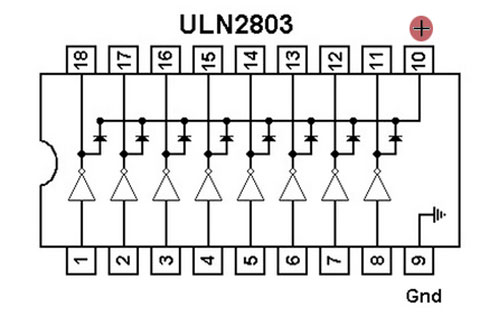
When you want to clone a retro computer board like the MK14 or KIM you will need to connect a seven segment display array. This may also be very nice if you design your own standalone mini computer board. I was experimenting with a Tang Nano FPGA and also needed a display and that is when I decided to document what I made. This is a simple universal 8 digit seven segment display unit that can be driven by 8 (or 7) segment select lines and 8 row select lines. The idea is that you can multiplex the displays, so first select display 1 and output the correct segments, then select display 2 and output the correct segments and so on. If you do this at a speed of more then 50 times a second it will appear that all displays are stable and continuously displaying. This is a basic design you can use in your designs.

I use two 4 digit seven segments display units with common cathode (-) lines, but you can also use single or even 8 digit displays. You can also use 7 digits, in this case you will only connect the first 6 row select lines. To select a display we need a kind of switch, most MCU (or FPGA) chips are not capable of driving this current so we need a transistor to switch the display on or off. But I like the very handy, cheap and common Darlington-array ULN 2803 chip that is perfect for this job. The segements are drivern with a positive voltage for on and the rows als also selected with a positive level. You can use this design for 5V and also for 3V3 designs without any modification.

In the segment lines we need some way to reduce the current for the leds in out display and 470 Ohm is a very common value. You can lower or raise this value a little to make the displays light up brighter as you like. The ULN2803 is also very easy to wire on a breadboard, all the inputs are on one side and all the outputs on the other side, and compared to 8 transistors with a base resistor this chip takes up very little space.
Have fun, regards, Hein Pragt.
